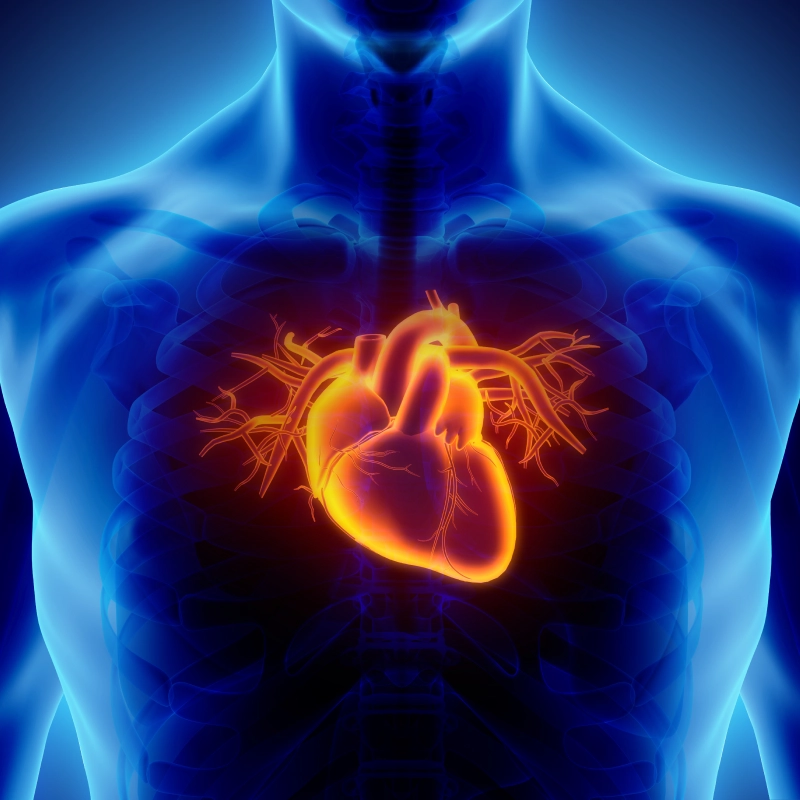
The human heart is a remarkable organ, tirelessly pumping blood throughout our body. But sometimes, the valves within this vital organ can become damaged, hindering blood flow and causing health problems. When this occurs, doctors may recommend either repairing or replacing the faulty valve. While valve repair sounds like the ideal solution, there are situations where cardiac valve replacement surgery becomes the better choice. Let's delve into the world of heart valve surgery and understand why replacement might be necessary.
Understanding Heart Valves
Our heart has four valves: the aortic, mitral, pulmonary, and tricuspid valves. These valves act as one-way gates, ensuring blood flows in the correct direction within the heart's chambers. When a valve malfunctions, it can become narrowed (stenosis) or leaky (regurgitation). This disrupts blood flow, forcing the heart to work harder and potentially leading to complications like heart failure.
The Importance of Heart Valves
Imagine the heart as a complex pump with four chambers. Blood flows through these chambers in a specific direction, carrying oxygen and nutrients throughout the body. The heart valves act as one-way doors, ensuring blood flows in the right direction. There are four valves:
- Mitral valve: Located between the left atrium and left ventricle, it prevents blood from flowing backward into the atrium.
- Aortic valve: Situated between the left ventricle and aorta, it ensures blood pumps out to the body.
- Tricuspid valve: Placed between the right atrium and right ventricle, it stops blood from flowing back into the atrium.
- Pulmonary valve: Located between the right ventricle and pulmonary artery, it directs blood towards the lungs for oxygenation.
- When a valve malfunctions, it can either become narrowed (stenosis), restricting blood flow, or leaky (regurgitation), allowing blood to flow backward. This disrupts the heart's function, leading to symptoms like fatigue, shortness of breath, chest pain, and even heart failure.
Repair vs. Replacement: Weighing the Options
Doctors will always prioritize valve repair whenever possible. Here's why:
- Preserve Native Tissue: A repaired valve is your own tissue, which generally functions more naturally and offers better long-term durability.
- Lower Risk of Infection: Replacement valves, especially mechanical ones, introduce foreign material into the body, increasing the risk of infection.
- Reduced Medication Needs: Patients with repaired valves often don't require lifelong blood-thinning medications needed with some mechanical replacements.
However, there are times when replacement becomes the more suitable option:
- Severity of Damage: Extensive damage or a complex tear in the valve may be beyond repair. Surgeons need a good foundation of healthy tissue to perform a successful repair.
- Type of Valve: The mitral and tricuspid valves are more amenable to repair than the aortic valve. Aortic stenosis, for instance, often required replacement due to the severity of calcification. But with the recent advancements, today, even the aortic valve is amenable to repair or reconstruction.
- Patient Age and Lifestyle: Younger, active individuals may benefit from the long-term durability of a mechanical valve. Conversely, older patients with a less active lifestyle might opt for a biological valve (made from animal tissue) that requires eventual replacement but avoids lifelong blood thinners.
- Risk of Re-operation: Sometimes, repairing a severely damaged valve carries a higher risk of future problems requiring another surgery. Replacement might offer a more definitive solution.
Types of Replacement Valves
There are two main types of replacement valves:
- Mechanical Valves: These are incredibly durable, lasting a lifetime in most cases. However, they require lifelong blood-thinning medication to prevent blood clot formation on the valve's surface.
- Biological Valves: These valves are made from animal tissue and don't require blood thinners. However, they degrade over time and eventually need to be replaced, usually after 10-20 years.
Advancements in Heart Valve Repair and Replacement
The field of cardiac surgery is constantly evolving, offering new techniques and technologies for both valve repair and replacement. Here are some exciting developments:
- Minimally invasive valve surgery: This approach involves smaller incisions and faster recovery times compared to traditional open-heart surgery.
- Robotic-assisted valve surgery: Robotics can enhance the surgeon's precision and control during complex valve repair procedures.
- Transcatheter aortic valve replacement (TAVR): This minimally invasive technique uses a catheter-based approach to replace the aortic valve without open-heart surgery.
- Improved valve repair techniques: Surgeons are constantly refining techniques to repair various types of valve damage with greater success rates.
- Next-generation prosthetic valves: Researchers are developing longer-lasting and more biocompatible prosthetic valves, potentially reducing the need for lifelong blood thinners.
These advancements offer hope for better outcomes and improved patient experiences in the future.
Conclusion
While valve repair is always the preferred option when feasible, valve replacement offers a crucial life-saving intervention for patients with severely damaged valves. With advancements in surgical techniques and valve technology, heart valve surgery continues to evolve, providing patients with improved outcomes and better quality of life.

